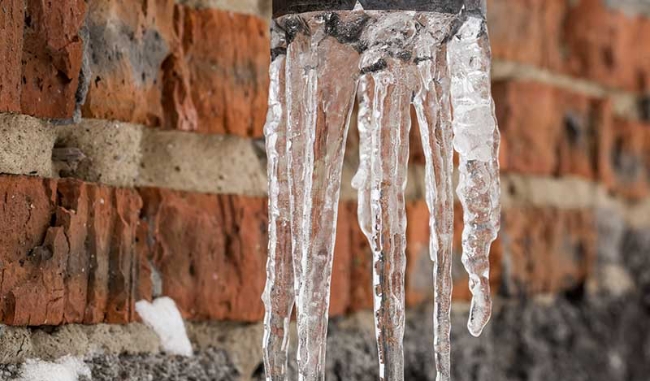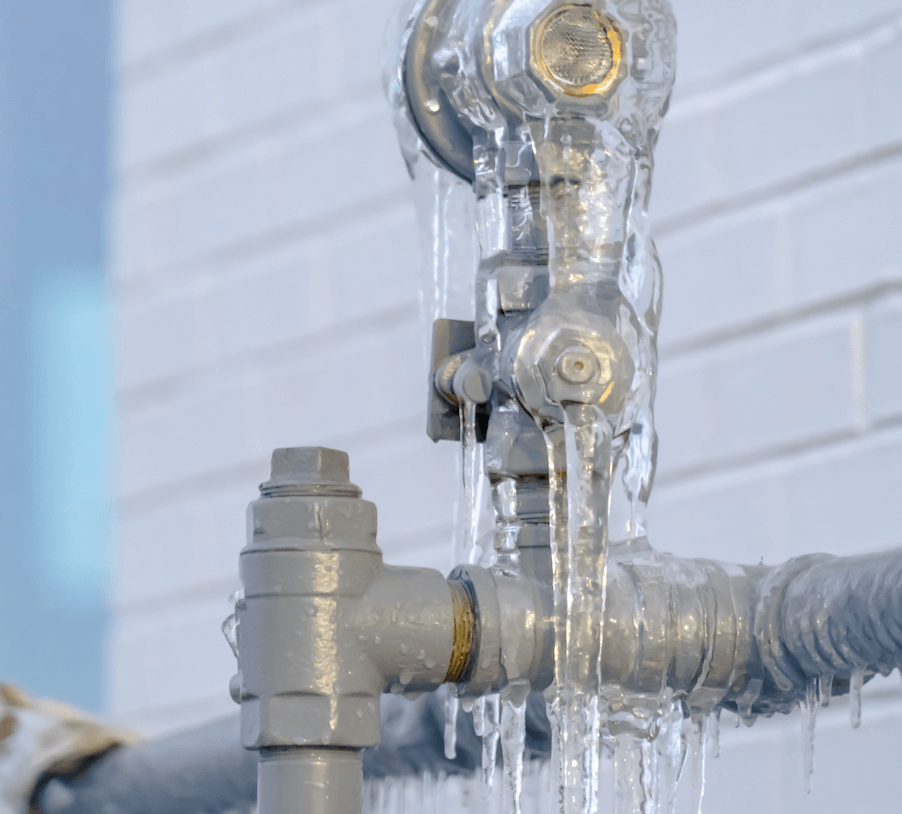Protect Against Frozen Pipes in Cold Weather: Professional Advice
Protect Against Frozen Pipes in Cold Weather: Professional Advice
Blog Article
Just how do you feel on the subject of How to Prevent Your Pipes From Freezing?

Cold weather can ruin your pipes, particularly by freezing pipelines. Below's exactly how to avoid it from happening and what to do if it does.
Introduction
As temperatures drop, the threat of frozen pipes boosts, possibly causing costly fixings and water damage. Recognizing just how to avoid frozen pipelines is critical for house owners in cool climates.
Recognizing Icy Pipes
What triggers pipelines to ice up?
Pipes freeze when revealed to temperature levels below 32 ° F (0 ° C) for extended periods. As water inside the pipelines ices up, it increases, taxing the pipeline wall surfaces and possibly triggering them to break.
Risks and problems
Frozen pipelines can result in water interruptions, property damage, and pricey fixings. Ruptured pipes can flood homes and cause comprehensive architectural damages.
Indicators of Frozen Water Lines
Determining frozen pipelines early can stop them from bursting.
Exactly how to identify frozen pipes
Search for lowered water circulation from faucets, uncommon odors or sounds from pipelines, and visible frost on revealed pipes.
Prevention Tips
Shielding prone pipes
Wrap pipelines in insulation sleeves or make use of heat tape to secure them from freezing temperature levels. Focus on pipes in unheated or exterior areas of the home.
Heating methods
Maintain indoor areas properly heated up, particularly areas with plumbing. Open cabinet doors to allow warm air to distribute around pipelines under sinks.
Safeguarding Outdoor Pipes
Garden hose pipes and outdoor taps
Separate and drain yard tubes prior to winter months. Install frost-proof faucets or cover exterior taps with insulated caps.
What to Do If Your Pipes Freeze
Immediate actions to take
If you presume frozen pipelines, keep faucets available to relieve stress as the ice thaws. Make use of a hairdryer or towels soaked in warm water to thaw pipes slowly.
Long-Term Solutions
Architectural adjustments
Consider rerouting pipes away from outside walls or unheated areas. Add extra insulation to attics, cellars, and crawl spaces.
Updating insulation
Invest in top notch insulation for pipelines, attic rooms, and wall surfaces. Correct insulation helps maintain consistent temperatures and decreases the risk of frozen pipelines.
Verdict
Preventing icy pipelines calls for positive steps and quick reactions. By understanding the reasons, indicators, and safety nets, house owners can shield their pipes throughout winter.
5 Ways to Prevent Frozen Pipes
Drain Outdoor Faucets and Disconnect Hoses
First, close the shut-off valve that controls the flow of water in the pipe to your outdoor faucet. Then, head outside to disconnect and drain your hose and open the outdoor faucet to allow the water to completely drain out of the line. Turn off the faucet when done. Finally, head back to the shut-off valve and drain the remaining water inside the pipe into a bucket or container. Additionally, if you have a home irrigation system, you should consider hiring an expert to clear the system of water each year.
Insulate Pipes
One of the best and most cost-effective methods for preventing frozen water pipes is to wrap your pipes with insulation. This is especially important for areas in your home that aren’t exposed to heat, such as an attic. We suggest using foam sleeves, which can typically be found at your local hardware store.
Keep Heat Running at 65
Your pipes are located inside your walls, and the temperature there is much colder than the rest of the house. To prevent your pipes from freezing, The Insurance Information Institute suggests that you keep your home heated to at least 65 degrees, even when traveling. You may want to invest in smart devices that can keep an eye on the temperature in your home while you’re away.
Leave Water Dripping
Moving water — even a small trickle — can prevent ice from forming inside your pipes. When freezing temps are imminent, start a drip of water from all faucets that serve exposed pipes. Leaving a few faucets running will also help relieve pressure inside the pipes and help prevent a rupture if the water inside freezes.
Open Cupboard Doors
Warm your kitchen and bathroom pipes by opening cupboards and vanities. You should also leave your interior doors ajar to help warm air circulate evenly throughout your home.

I recently found that page on 6 Ways to Prevent Frozen Pipes while doing a lookup on the web. Do you know about someone else who is in to the topic? Please feel free to share it. I praise you for being here. Come back soon.
Call Us Now Report this page